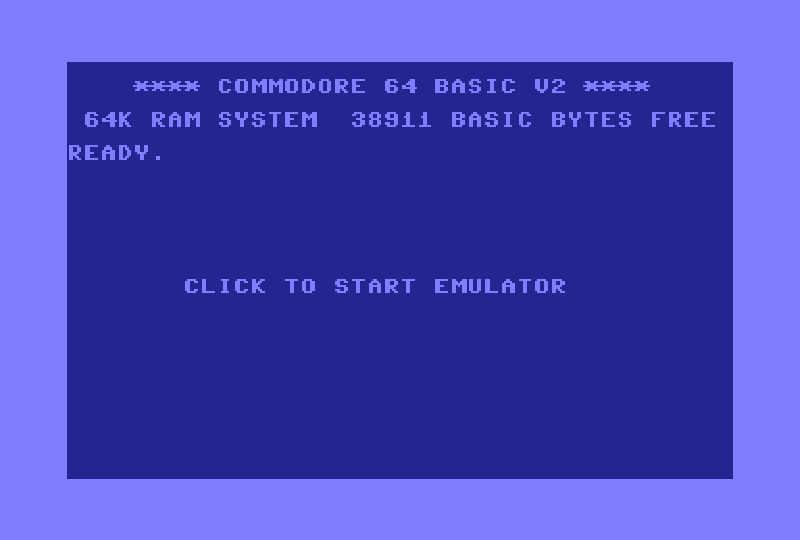Chapter 0: Introduction
These are the examples for the introduction chapter of Too Much Fun. Select chapters in the menu.
Introduction: The Commodore 64 and the Fear of Games

Page 1: Write a program printing your name.
10 PRINT "COMMODORE 64"
20 GOTO 10
RUN
For added effect:
10 PRINT "COMMODORE 64":POKE 646,RND(1)*16
20 GOTO 10
RUN

Page 9: Demonstrating not only sales but Commodore’s cultural mindshare, the October 1985 MAD Magazine spoof of “The Computer Company President of the Year” features not any now-famous computer figure like Steve Jobs or Bill Gates, but a Jack Tramiel-like president of the "Commode" company. The spoof makes fun of Commodore’s reputation for making “overpriced ‘Game’ machines".

Page 10-11: The Commodore 64 was built on ideas from previous computers, in turn built on ideas from mainframe computers, hobbyist engineering kits, calculators, typewriters, and video games. The C64 in turn influenced later computers to include fast color graphics and sound. (Click image for larger version.)
Page 21: Arcade games popular in 1981 when the C64 was being designed. All are two-dimensional with small moving objects against a static or moving background. Such arcades games inspired the design of the C64 graphics chip.
16 colors

Page 26: The C64 can show exactly 16 different and predefined colors, and no more. There are no 24-bit RGB values, no 256-color palette, just 16 colors in total to choose from, permanently inscribed in the C64 chips. The colors are mysterious, and slightly different dependent on both the monitor you have and your specific C64 model. Why 16 colors, and why these 16?
Page 29: Commodore was adept at navigating the game question. This 1983 commercial shows a young man who applies for a job based on his video game prowess but is rejected due to lack of computer skills. The helpful narrator suggests getting a computer instead. “If you’re going to spend your time playing video games, why not play them on something that can also teach you about computing? Get a Commodore 64 or VIC-20. It’s tough to grow up in a computer age without learning about computers.” Commodore employees would refer to this as “guilt advertising”.
